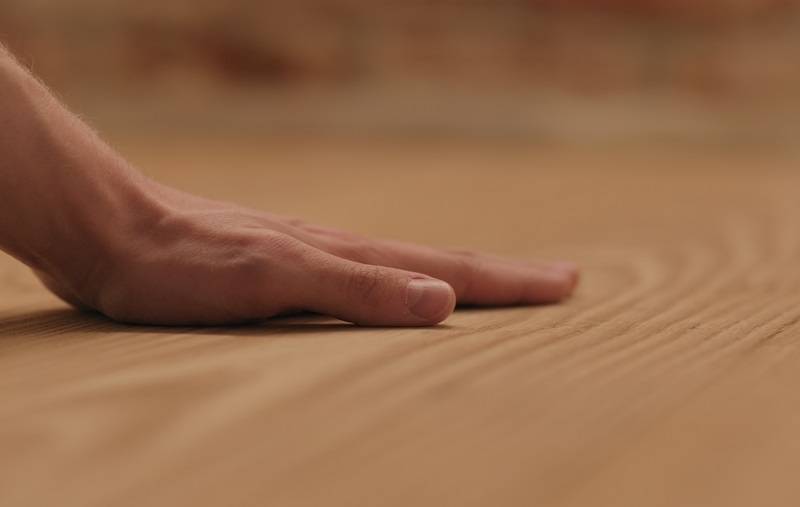What Does Modified Wood Mean?
Published: 21/12/20 By: Mike Bekin
You hear the phrase ‘modified wood’ bandied around a lot these days, so what does it actually mean? If you are working in the timber industry, or as a carpenter, builder or joiner, it is important that you understand the materials with which you are working.
The definition of modified wood is “wood which has been treated with a chemical, biological or physical agent to enhance its performance”. It is a durable building material that is being used around the world for domestic, commercial and public buildings, internally and externally. The modification process that the wood products undergo is completed in a treatment using a chemical, biological or physical agent. It often means that the wood can be used externally, for cladding or decking, for example. Or the modification process makes the wood stronger, more resistant to rot and fungi, or indigestible for termites. This has meant that wood has started to be used in building structures like canal lining, a penguin bridge in an aquarium and an external climbing wall. These are all structures where previously wood would not have performed as well in its natural state. “The most common species of wood used in the modifying process are radiata pine, ash, sycamore and poplar”.
Accoya
Accoya is the name most people associate with modified wood as it has become the timber industry equivalent of a household name in terms of modified woods. It is a chemically modified wood (usually radiata pine), which is non-toxic, highly stable and very durable. It is often used externally for cladding, decking or joinery. Organowood is another chemically modified wood, like Accoya. Organowood has been modified with the attachment of protective silicon compounds to the wood fibres. This means it is rot resistant after treatment.
Thermo modified wood
Physically modified woods such as Thermowood® are created by heat treating Scandinavian grown Pine or spruce. They are heated to temperatures of over 200 degrees centigrade, which alters the chemical structure of the timber. This makes it more durable and stable than non-modified pine or spruce. It is ideal for cladding.
The process of treating wood with fire to enhance its properties dates back a long time. Shou Sugi Ban is an ancient Japanese method which produces charred versions of Accoya, Kebony and Yukari cladding – as well as the standard Cedar, Douglas Fir and Larch cladding. The wood is charred evenly to create a visually arresting appearance as well as making the wood fire-retardant and more durable. Clearly the process of modifying wood is not a new idea. The Japanese recognised the enormous potential of modifying wood through fire centuries ago.
Incredible opportunities
Today in the Western world, wes are only just waking up to the huge potential in modifying wood through different processes. @usfs_r9 recently picked up on the big news on the incredible opportunities that modified wood offers: “Through a .@ForestService Wood Innovations Program grant, NRRI constructed a boardwalk using eastern larch killed by native bark beetles, and showcased an innovative heat-treatment process”. We are sure that we will soon see plenty more good news stories singing the praises of modified wood.
Find out more about modified wood and different types of timber, as well as eco-friendly sustainable timber by exploring our site today.
Tags: ThermoWood, Timber
Categories: Insights
